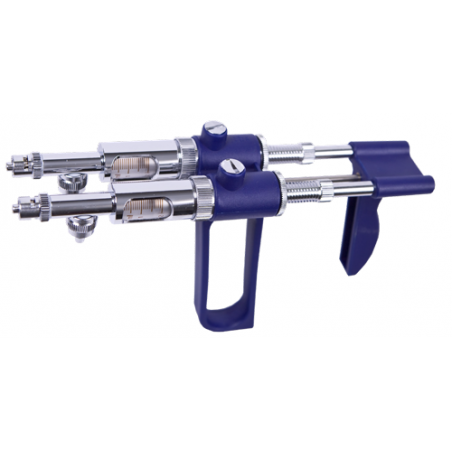PRRS
The Porcine Reproductive and Respiratory Syndrome has been one of the diseases that has most allowed us to learn about gilt acclimation, inflows and establishing quarantines. Today, most genetic companies deliver negative animals to positive farms. The main purpose of acclimation is to infect these animals with the PRRSV strain present in the farm and to have no viraemic animals before their entry into the farm.

a. Natural exposure:
- Replacements become exposed to the homologous strain of the virus in the herd by inoculation of the virus. In this case, exposure is consistent for the entire pool of animals, and the timepoint it happens is under control. On the other hand, note should be taken that we may be exposing the animals to other pathogens as well as the PRRSv.
- Direct contact with animals at weaning (if virus recirculation is present at that stage) or slaughter sows (discarded gilts or first farrowings.) The biggest problem with this method is that exposure may be inconsistent and, therefore, the resultant immunity may be insufficient. In addition, there is no guarantee that all animals become infected at the same time or with the same level of infection, so we can have long periods of viraemia.
b. Vaccination:
- Modified live vaccine: Gives the group a consistent exposure and a controlled timepoint. It is easy to apply and can reduce viraemia periods when the animals come into contact with the farm virus. However, this implies the introduction of a new strain (if the main farm is not vaccinated), and the resultant cross-immunity with heterologous strains of the virus might not be the one we were after.
- Inactivated vaccine: It is totally ineffective in negative animals without previous exposure to the live virus.
- Monitoring is important in all the cases mentioned above in order to know: first of all, whether the whole group has been exposed, and secondly, that animals are no longer viraemic prior to their entry into the farm.
Mycoplama hyopneumoniae
The main problems with acclimation of negative animals to M. hyopneumoniae are: the long time an infected animal may excrete the virus (200 days —Pieters et al, 2009), and the slow pace of the transmission in a population (see transmission ratio in the table above). The main objective of acclimation of negative animals to Mycoplasma is to obtain animals that are no longer excreting Mycoplasma at the time of farrowing (in order to prevent vertical transmission to the offspring). To achieve our goal, we must expose the animals at 50 days of age, avoiding prolonged treatment with antibiotics in order to facilitate infection. In fact, there are few farms prepared to keep the animals for such a long period of time upon the arrival of external replacements. Therefore, handling must be maximized and vaccination used since, even though vaccination does not prevent infection, it shortens the time of excretion and reduces clinical symptoms.
PCV2
PCV2 infection can be transmitted in utero or through the colostrum and milk after farrowing. Hence the importance of gilts not being viraemic during gestation and lactation. Replacements must be monitored for immune status against PCV2, and to ascertain whether it is necessary to implement a vaccination protocol for this pathogen. Consideration must be given to the fact that recirculation of this virus in breeding sows herds is not as consistent as it used to be years ago, and replacements can be negative.
Actinobacillus pleuropneumoniae
If the farm is free of clinical symptoms, it is important to know the health status, in relation to this disease, of the animals we are introducing in the farm. Communication between veterinarians is therefore essential to know the history of the farm delivering the replacements. If the disease is chronic in the receiving farm and the animals that are sent to it are negative, consideration must be given to vaccination with an homologous serotype prior to contact with the "seeders". This will not prevent the status of "chronic" carrier, but it will decrease the number of lesions and prevent possible mortality.
Swine flu
The disease receives our utmost attention only at the onset of acute outbreaks on the farm. However, replacements play a key factor in endemic farms, sustaining the presence of the virus in the nursery due to the heterogeneity of the immunity of weaned pigs (Torremorell et al, 2012). Knowledge of the status of our farm will allow us to vaccinate replacements with those serotypes present on the farm.






